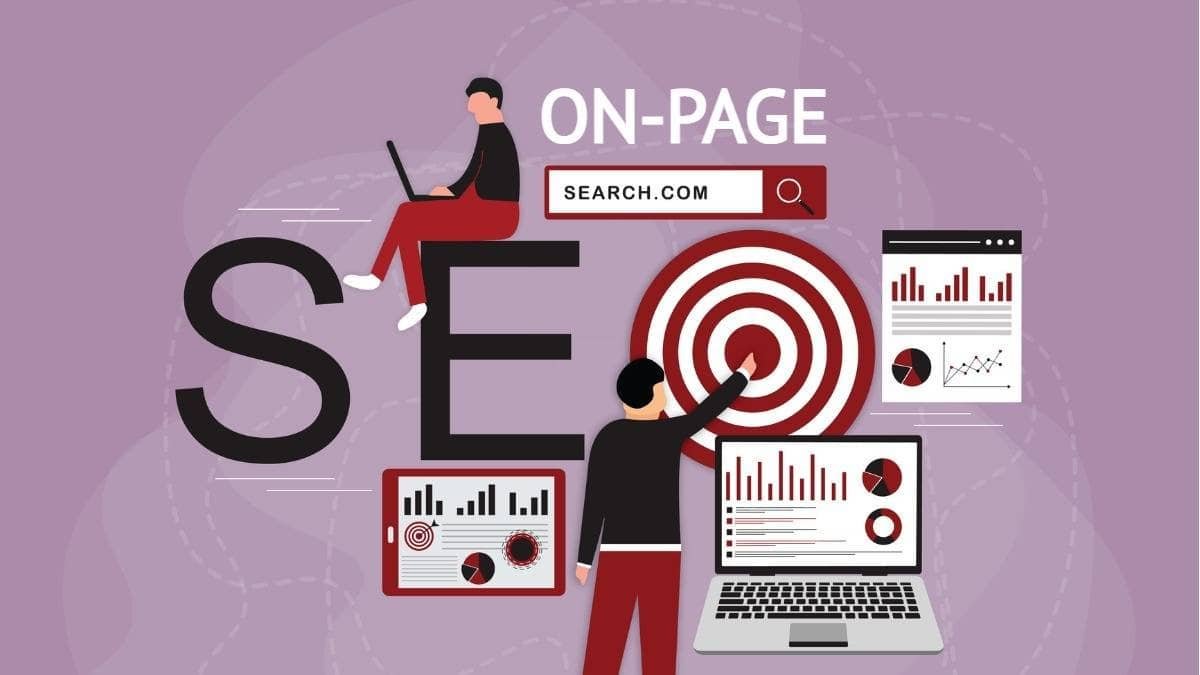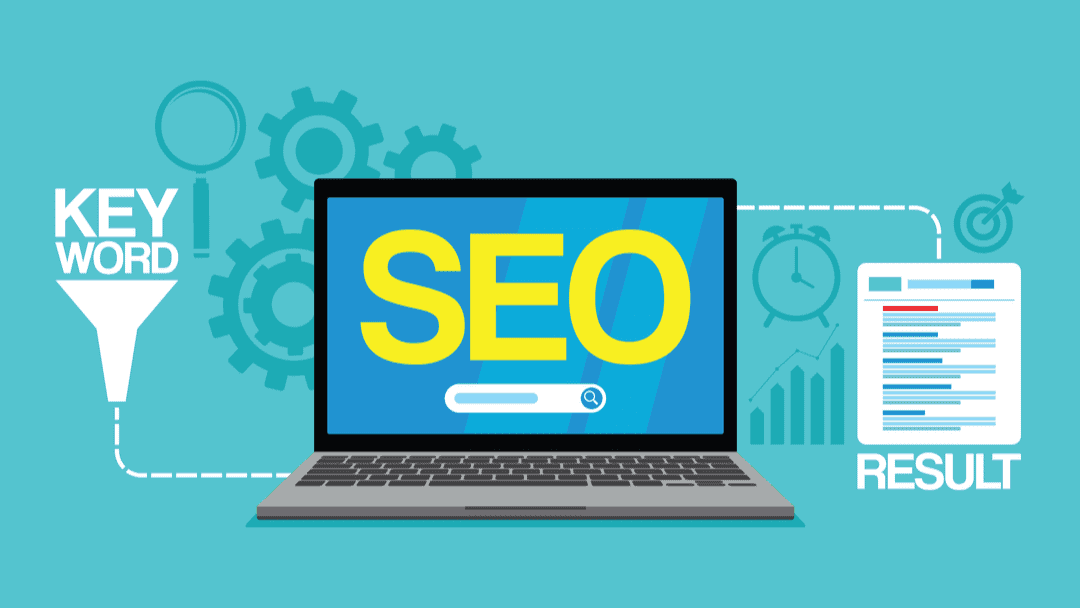Built a shiny site, stuffed it with really cool content, but not getting the visits you thought you would get? Psst! You might want a little magic from on-page SEO. Awesome on-page SEO is one of those simple but extremely important additions to the digital business development toolkit that you can do once but get an enormous amount of benefit from for years to come. Moreover, it’s a process that can be very revealing about what you’re doing right (or wrong) on your site. Oh, and it can also result in a lot of new visitors knocking on your digital door. But first…
The Essentials of On-Page SEO: More Than Just Keywords
If you understand the basics of how on-page SEO works, you’re on your way, but keyword stuffing, for instance, won’t get you far.
Optimizing Titles and Descriptions: Your First Impression
Your title tag and meta description are vital; these are your pitch for the sale with anybody browsing search results. Moz states that title tags should be short but appealing and include the main keyword towards the beginning of the tag. Your meta descriptions, which don’t actually affect your search ranking but greatly increase your click-through rates, as outlined by Search Engine Land.
Headers and Subheaders: Structuring Content for Readability and SEO
Headers are not just about dressing up your text; they articulate the structure of your content for Google, too, which helps them index it, and break up massive blocks of text to make them more palatable for your readers. Yoast urges us to use them to include secondary keywords, thus engaging our users.

Supercharging Your Content: SEO Writing That Ranks
Content is king, but SEO-friendly content wears the crown. Here’s how to write for humans and search engines.
Keyword Research: Finding What Speaks to Your Audience
You need to know what people are going to search for before you start to type a single word. Use tools, such as Ahrefs or SEMrush, to do in-depth analyses and identify those gems that are high-volume, low-competition.
Content Optimization: Balancing Keyword Use with Natural Language
Google’s algorithms have become more subtle; they’re looking for sense rather than strict presence of keywords, according to Backlinko. Using related keywords and synonyms where you would usually use a keyword in the most natural way possible could nudge your way further up in the rankings without having your text sound like it’s been forced into a strange tense.
Enhancing User Experience: On-Page SEO’s Secret Weapon
SEO is about creating a great user experience as well as appeasing spiders. Let’s see the on-page factors and reasons why these can make or break your user experience.
Mobile Optimization: Essential for Modern SEO
Because half of all web traffic worldwide is from mobile devices, mobile-friendly websites are no longer optional. Google’s mobile-first indexing gives rankings based on the mobile version of your website, according to Google’s Webmaster Blog.
Site Speed: Making Every Second Count
Your site speed is a direct ranking factor. A slow website can kill your bounce rates and ruin your rankings. Google has a tool called PageSpeed Insights that offers suggestions on how to speed up your site.
Link Power: Internal and External On-Page SEO Tactics
Remember that linking is a huge and neglected part of on-page SEO: it can add a lot to your page and strengthen your site’s authority and users’ journey.
Internal Linking: Keeping Visitors Engaged and Crawlers Happy
Internal links keep readers on your site for longer periods, which helps with engagement that search engines use as a ranking signal. Internally linking also distributes a portion of the ‘link equity’ across the pages of your website and helps search engines discover new pages.
Outbound Links: Citing Sources and Enhancing Relevance
Linking to authoritative sites can boost the credibility of your content and serve as a secondary ranking signal. HubSpot reports that backlinks—outbound links to helpful, high-quality content—are ‘viewed as “trust signals” by search engines’.

Advanced On-Page SEO Techniques: Beyond the Basics
Once you have the basics down, you’ll want to look at some of the more advanced techniques that can really make your on-page SEO sing.
Structured Data: Helping Search Engines Understand Your Content
Strict formatting of your data, i.e., inputting data into what’s known as schema markup, can help search engines understand the context of your content and show rich snippets, which might help you to stand out in the search results. You can find the recommendations for implementing it on Schema.org.
Image Optimization: More Than Just Pictures
Pages with images also tend to load a little slower than those without if they’re not optimised. If they are, they can rank in Google Images, which is another source of traffic. Adobe’s guide to SEO for images recommends compressing images, using alt text, and placing them contextually in your content to get the most SEO benefit.
Conclusion
Acing on-page SEO is a skill and an art that will supercharge your site’s visibility and give your site the tools it needs to connect with your target audience for years to come. Titles, content, links—optimizing all this and more will form the basis of what makes your site tick as far as search engines are concerned in the long term. SEO never really ends; at this point, it’s clear that you need to keep up-to-date with the latest trends and best practices.
Did you like this post about On-Page SEO? Visit our other blogs to read more about SEO strategies that will help you implement and enhance your skills in the field. Go, apply the techniques, and watch your site go up the SERP ladder.

